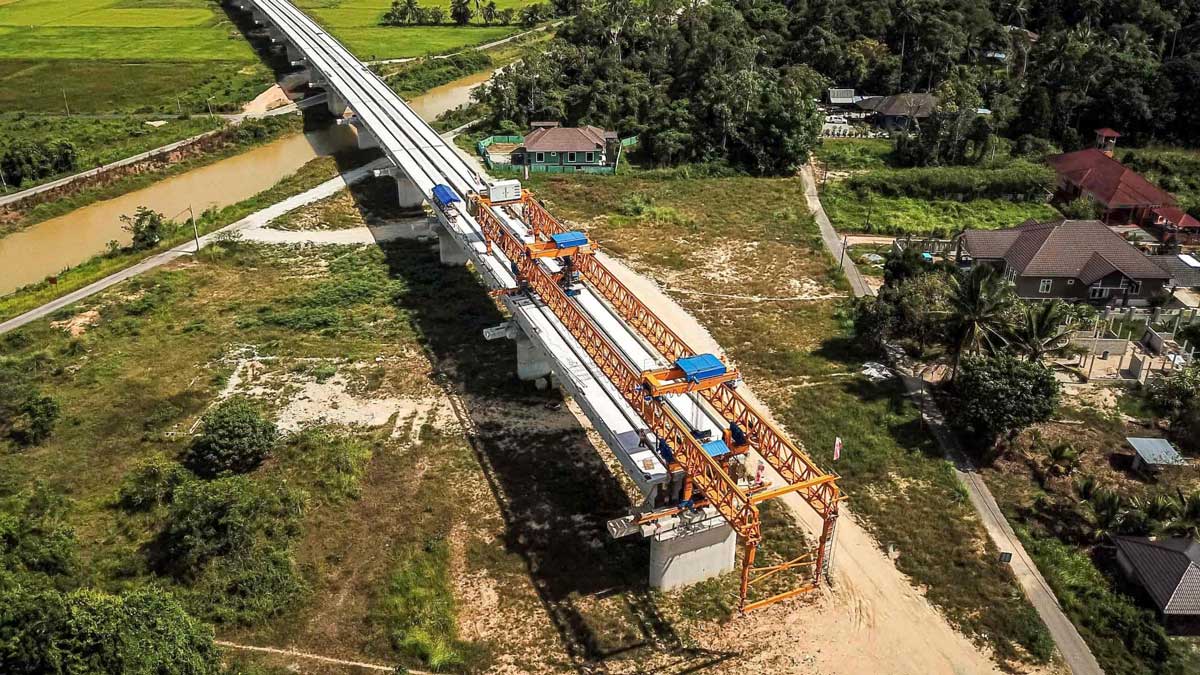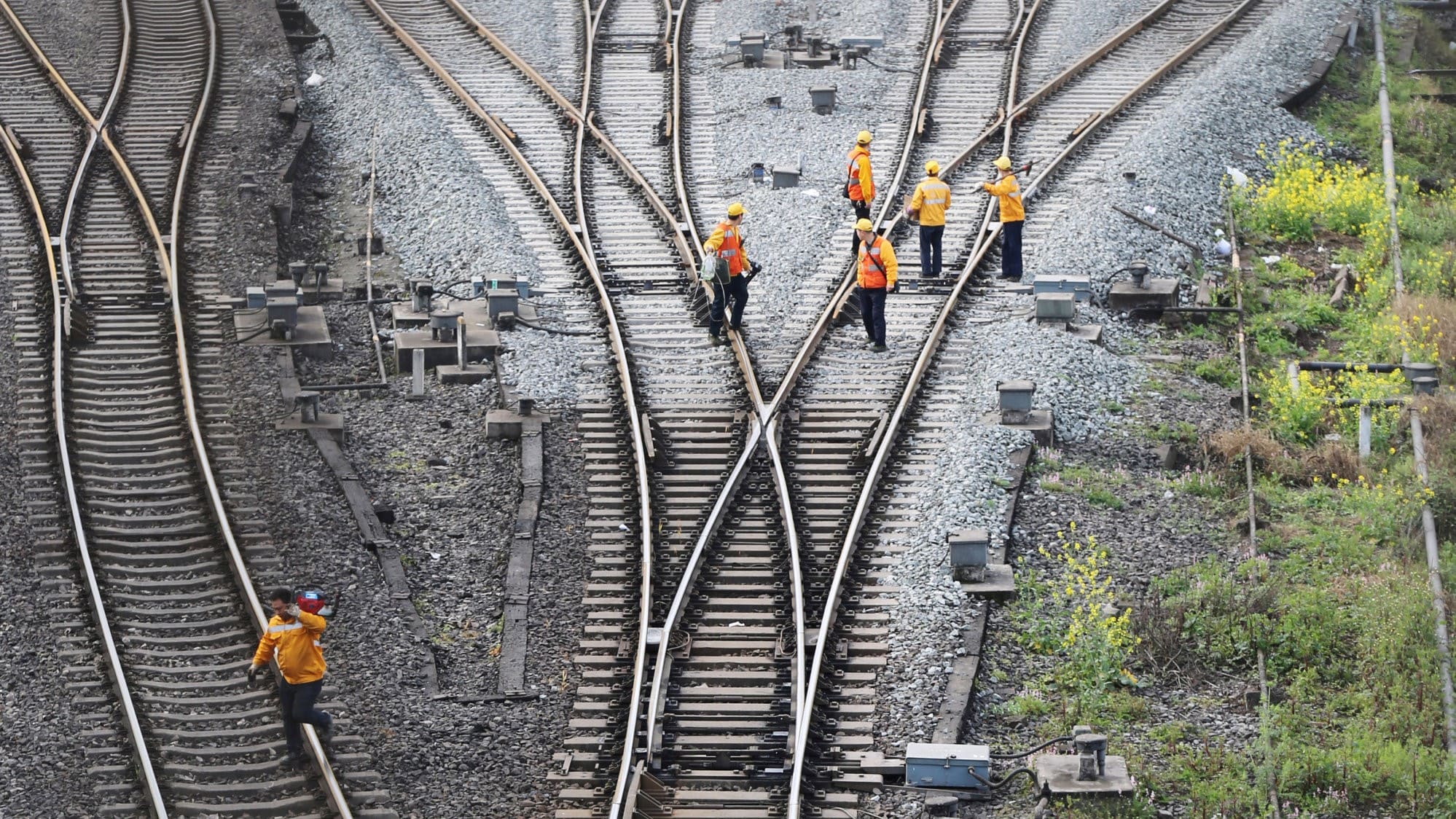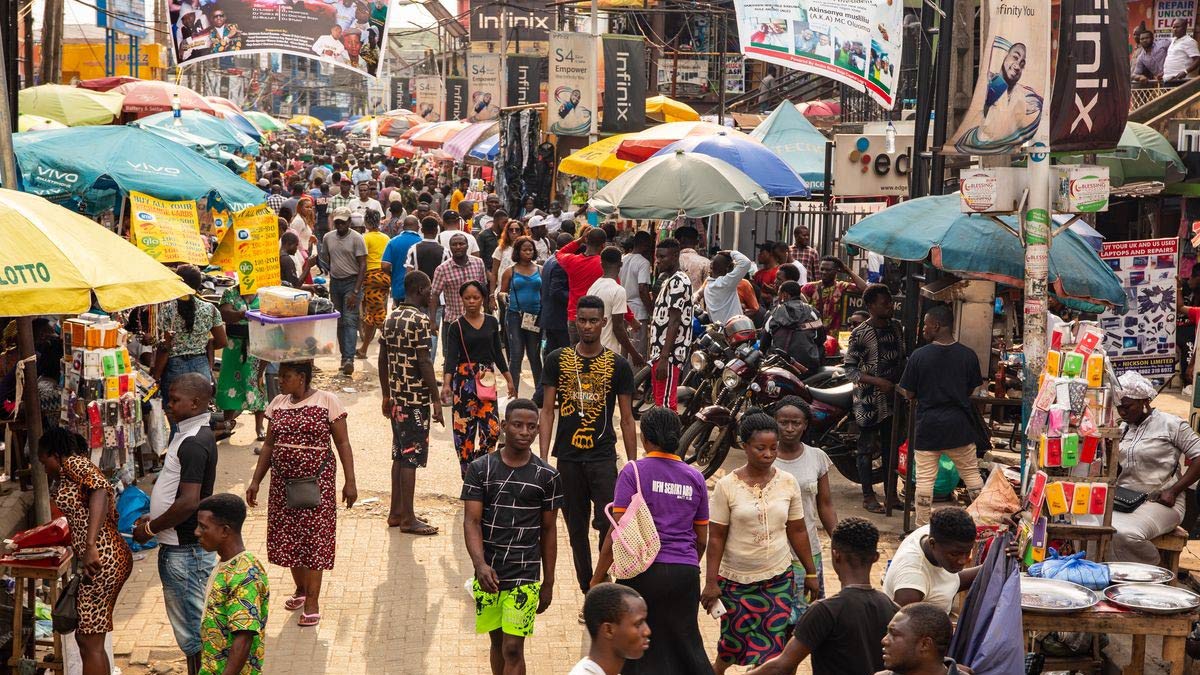Published 30 January 2024
A decade from its inception, debate still rages over China’s Belt and Road Initiative and its impact, aim, size, and even what it actually is. In this first paper of a series, we explore the origins of this centerpiece of Chinese foreign policy, for which Beijing is renewing a global push.
Officially, China’s Belt and Road Initiative (BRI) is described as a series of global infrastructure projects whose aim is to develop China’s economic engagement with the world, particularly with the Global South. As international relations between China and other countries have changed in the past decade, so too has the purposes of the BRI.
But Chinese officials too have suggested that the blueprint stands for much more. "Foreign aid has increasingly become a battlefield without smoke as major countries invest more and more in this field to win the never-ending competition over political systems and ideology," said China International Development Cooperation Agency (CIDCA) director Luo Zhaohui in a 2021 speech. "International aid is an important component of the Marxist internationalism idea. As stated in the Communist Manifesto, the proletariat can eventually liberate itself only by liberating all humankind."
In one short speech, Luo captures what has become the major controversy surrounding BRI: Is it a public good or a battlefield without smoke? If the latter, is the battle for China’s national interest or an ideological battle?
In this paper, author and Research Fellow Stewart Paterson argues that understanding how BRI fits into the hierarchy of China’s foreign and economic policies is key to analyzing the true nature of the initiative. It defines the BRI by looking at how it is officially portrayed and questions the scope of its ambitions. Paterson looks at how "slogan policies" – catchy phrases that capture the essence of policy direction – have historically reflected a prevailing Zeitgeist and how "Belt and Road" fits into President Xi Jinping’s stated vision for "national rejuvenation". The paper examines the macroeconomic foundations of the BRI as a direct consequence of China’s mercantilist trade agenda, the key institutional arrangements and infrastructure around the BRI, and measures BRI in financial terms.
Belt and Road Initiative Series
© The Hinrich Foundation. See our website Terms and conditions for our copyright and reprint policy. All statements of fact and the views, conclusions and recommendations expressed in this publication are the sole responsibility of the author(s).







